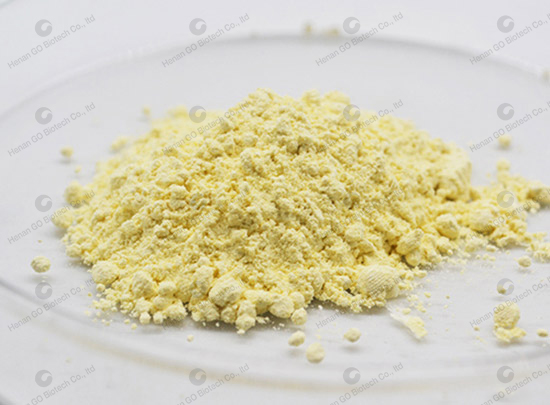In the competitive world of paper manufacturing, achieving high-quality products is essential for sustaining market position and ensuring customer satisfaction. Wet strength enhancers play a critical role in improving the physical properties of paper, providing greater durability in wet conditions. This article delves into the significance of these additives and their impact on paper quality.

Wet strength enhancers, such as polyamide-epichlorohydrin and various cellulose derivatives, chemically bond with the fibers in paper to enhance its strength when wet. These additives are primarily relevant in the production of products like tissue paper, packaging materials, and specialty papers where moisture resistance is crucial.

Incorporating wet strength enhancers not only improves the durability of paper but also contributes to its overall performance during packaging, transport, and usage. This enhancement leads to a reduction in product waste and returns, ultimately translating to increased cost efficiency for manufacturers.
.jpg)
Moreover, the utilization of wet strength enhancers supports sustainability in paper production. By maximizing the utility of each fiber, manufacturers can reduce reliance on raw materials, thereby decreasing their environmental footprint. This aspect is increasingly important as consumers demand eco-friendly practices from their suppliers.
In conclusion, the strategic use of wet strength enhancers is essential for producers aiming to elevate their paper quality. Not only do these additives enhance product performance, but they also align with broader sustainability goals, positioning manufacturers for success in an evolving market.
